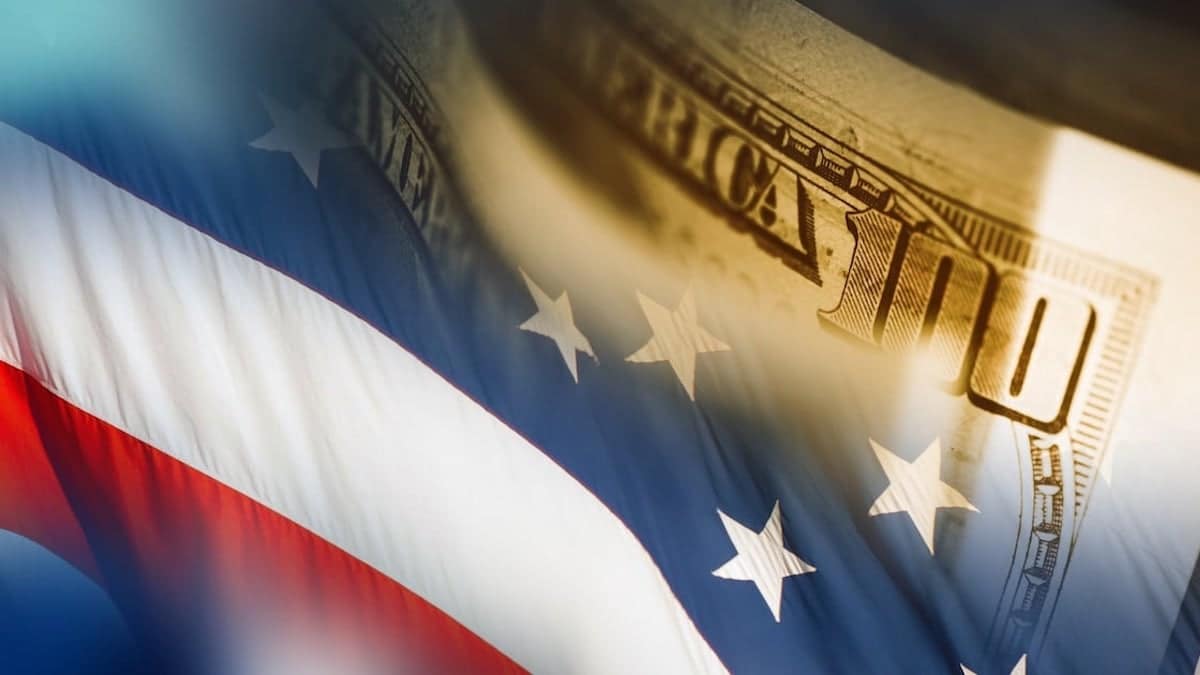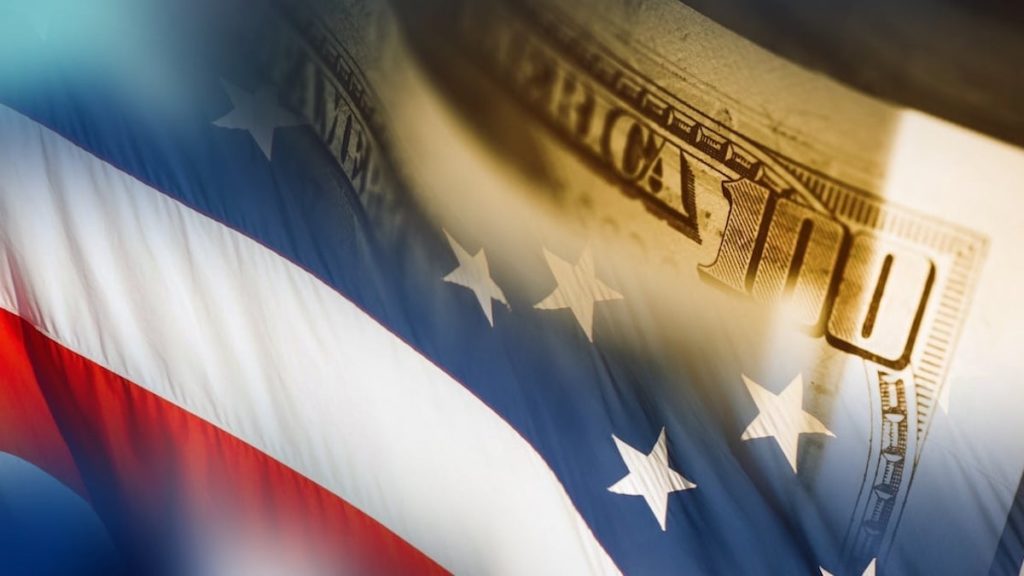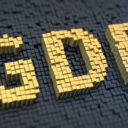

Washington, D.C. (PPD) — Personal income fell $1,516.6 billion (7.1%) in February, roughly the consensus forecast, while consumer spending was weaker than expected. Personal outlays fell by $141.5 billion in February.
Forecasts for personal income ranged from a low of -8.0% to a high of 2.8%, with the consensus -7.1%. The decline was largely the result of distortions from the stimulus payments that artificially drove up the upwardly revised 10.1% figure for January.
Disposable personal income (DPI) declined $1,532.3 billion (8.0%) and personal consumption expenditures (PCE), better known as consumer spending, was down more than expected by $149.0 billion (1.0%). Forecasts for PCE ranged from a low of -1.2% to a high of 0.6%, with the consensus -0.7%.
Personal saving was $2.41 trillion in February and the personal saving rate — defined as personal saving as a percentage of disposable personal income — was 13.6%.





Emma / July 8, 2024
wow, great post. it gave me a lot of useful information. I look forward to your next posts. Connections NYT
/
moto x3m / April 1, 2025
Nice post, hope i can read more
/
donghuastream / August 24, 2024
Wonderful post , i just amazed of seeing this.
donghuastream
/
Space Waves / February 3, 2025
It’ll be interesting to see how this impacts economic recovery and inflation trends in the coming months. Do you think this signals a shift toward more conservative consumer behavior?
/
[email protected] / February 22, 2025
hi
/
[email protected] / February 22, 2025
★Makes $100/hr to $500/hr online work and I received $16894 in one month online acting from home. I am a daily student and work simply one to a pair of hours in my spare time. Everybody will do that job and online ask extra cash by.
link HERE↠↠↠☛
/
foodle / April 26, 2025
Your blog taught me a lot, and you may study more about earlier video games to enjoy them. Enjoy playing with you in the past!
/
Wacky Flip / June 30, 2025
Wow, these uumber are kinda worrying
/
Pasjans Pająk / June 30, 2025
Seems like we’re all feeling the pinch these days
/
run3 / September 16, 2025
You might not know that run 3 is the best game right now.
/
elonmakmalon / September 22, 2025
I am a daily student and work simply one to a pair of hours in my spare time. Everybody will do that job and online ask extra cash by block blast free.
/
MiniSpark / November 13, 2025
Great insights on the February income drop and consumer spending slowdown. For a fun break from the economic news, check out free games on MiniSpark!
/
Sharon Koch / December 4, 2025
Due to shaking the world order, people are in trouble and there is a need to survive. We need to take care of the people around us so they can survive. You post about Personal Income Fell Significantly in February, Consumer Spending Weaker than expected is good, and it provides us the best results. When I got the buoyancy anchor kit I saw the best services at the nominal prices. Using these services are good at this time of the year.
/
Iris Harden / December 4, 2025
There are a lot of people searching for the best ideas and the services that can provide the desired solutions to us about Personal Income Fell Significantly in February, Consumer Spending Weaker than Expected. When I used expert exposed aggregate driveways I saw these are the best updates providing the right solutions.
/